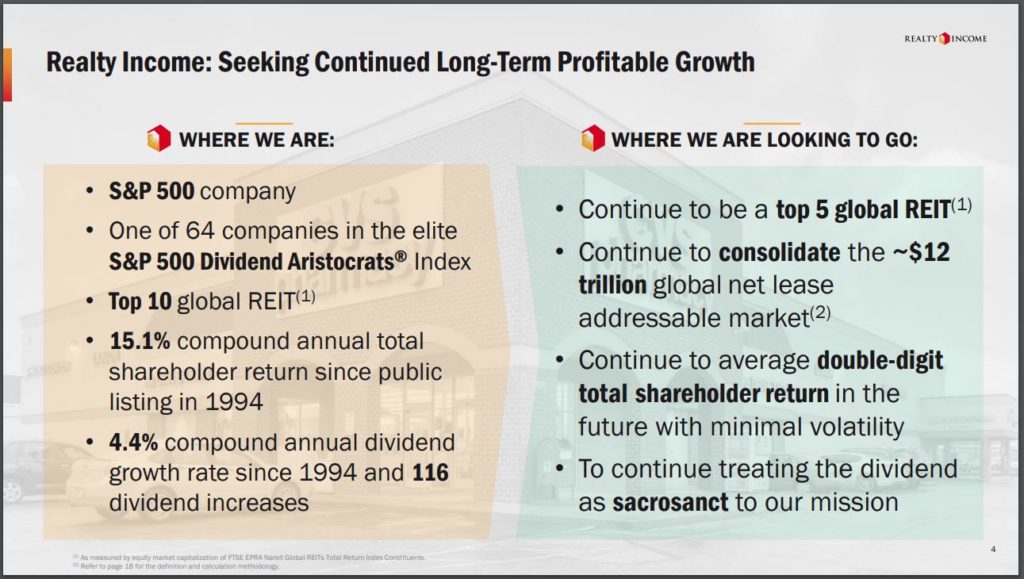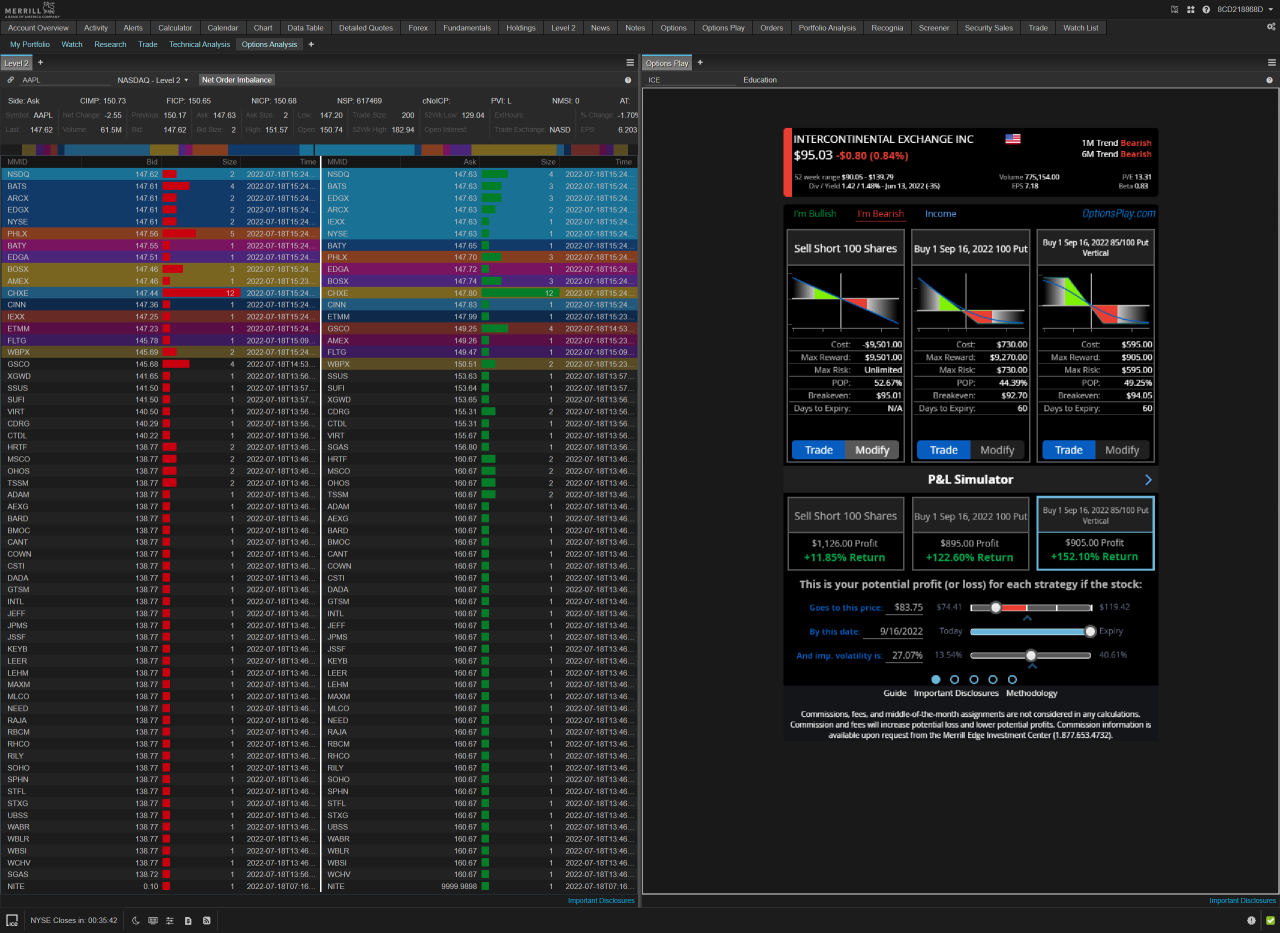Delving into How Much Does a D.R. Horton Smart Home Really Cost Monthly?, this introduction immerses readers in a unique and compelling narrative, with casual formal language style that is both engaging and thought-provoking from the very first sentence.
As we explore the costs associated with owning a D.R. Horton Smart Home, we uncover a fascinating world of modern technology and financial considerations that shape the monthly expenses of homeowners.
Overview of D.R. Horton Smart Homes
D.R. Horton Smart Homes are modern residences equipped with cutting-edge technology to enhance convenience, comfort, and security for homeowners.
Features of D.R. Horton Smart Homes
- Smart thermostats for energy efficiency and comfort control.
- Integrated security systems with cameras and motion sensors for enhanced safety.
- Voice-controlled smart assistants for hands-free operation of home devices.
- Smart lighting systems that can be controlled remotely through mobile apps.
How Smart Home Technology is Integrated into D.R. Horton Homes
D.R. Horton integrates smart home technology seamlessly into the design and construction of their homes. They work with leading technology providers to ensure that homes are equipped with the latest smart devices and systems.
Benefits of Owning a Smart Home
- Increased energy efficiency leading to cost savings on utility bills.
- Enhanced security features for peace of mind and protection of the property.
- Convenience and comfort through automated systems that adapt to the homeowner's preferences.
- Potential increase in property value due to the appeal of smart home features to buyers.
Initial Costs of a D.R. Horton Smart Home
When considering the initial costs of purchasing a D.R. Horton Smart Home, it's essential to break down the various expenses involved and compare them to those of a traditional home. Additionally, understanding how optional upgrades can impact the overall cost is crucial for potential buyers.
Upfront Costs Breakdown
- Down Payment: Similar to traditional homes, buyers will need to provide a down payment when purchasing a D.R. Horton Smart Home. The amount can vary depending on the loan type and other factors.
- Closing Costs: These include fees for services such as appraisal, title search, and insurance. They typically range from 2% to 5% of the home's purchase price.
- Home Price: The cost of the actual home is a significant part of the upfront expenses. D.R. Horton Smart Homes may have a higher base price due to their smart features.
Comparison to Traditional Homes
- Smart Home Technology: While traditional homes may require additional investment to add smart features, D.R. Horton Smart Homes come equipped with many of these technologies already included in the base price.
- Energy Efficiency: Smart homes often boast energy-efficient appliances and systems, which can lead to savings on utility bills in the long run compared to a traditional home.
Optional Upgrades Impact
- Smart Home Automation: Buyers can choose to add more advanced automation features, such as security systems, lighting controls, and smart thermostats, which can increase the overall cost of the home.
- Custom Finishes: Upgrades like premium flooring, countertops, and cabinetry can personalize the home but also come at an additional cost.
Monthly Expenses for a D.R. Horton Smart Home
Owning a D.R. Horton Smart Home comes with various monthly expenses that homeowners need to consider. These expenses go beyond the initial purchase price and can impact the overall cost of living in a smart home.
Energy-Efficient Features and Utility Bills
D.R. Horton Smart Homes are equipped with energy-efficient features such as smart thermostats, LED lighting, and energy-efficient appliances. These features can help homeowners save money on their monthly utility bills by reducing energy consumption. Smart thermostats, for example, allow homeowners to control their home's temperature remotely, ensuring that energy is not wasted when no one is home.
Maintenance Costs
- Regular maintenance is essential to keep a D.R. Horton Smart Home running smoothly. This may include servicing smart devices, updating software, and ensuring that all systems are functioning properly.
- While maintenance costs can vary depending on the specific smart home features installed, homeowners should budget for these ongoing expenses to ensure their smart home remains in optimal condition.
Subscription Services
- Some smart home features in a D.R. Horton Smart Home may require subscription services to access certain functionalities or receive regular updates.
- These subscription services can add to the monthly expenses associated with owning a smart home, so homeowners should factor these costs into their budget.
Financing Options for D.R. Horton Smart Homes
When it comes to purchasing a D.R. Horton Smart Home, there are different financing options available to prospective buyers. Understanding the various options and comparing the pros and cons can help you make an informed decision that suits your financial needs.
Financing through D.R. Horton
- D.R. Horton offers in-house financing options for buyers, which can sometimes come with special incentives or discounts.
- Pros: Streamlined process, potential discounts, and incentives, familiarity with the builder's financing terms.
- Cons: Limited flexibility compared to traditional lenders, potentially higher interest rates.
Traditional Lenders
- Buyers can opt to finance their D.R. Horton Smart Home through traditional lenders such as banks or credit unions.
- Pros: More flexibility in terms and conditions, potentially lower interest rates, ability to shop around for the best deal.
- Cons: Longer approval process, may require higher credit scores, additional fees and closing costs.
Tips for Choosing the Best Financing Option
- Compare interest rates, terms, and incentives offered by both D.R. Horton and traditional lenders to determine the most cost-effective option.
- Consider your financial goals and long-term plans when choosing a financing option.
- Get pre-approved for a mortgage to understand your budget limitations before shopping for a smart home.
- Consult with a financial advisor or real estate expert to help you navigate the financing process and make an informed decision.
Long-Term Cost Savings of a D.R. Horton Smart Home
Owning a D.R. Horton Smart Home can lead to significant long-term cost savings due to its energy-efficient features and smart home technology. These homes are designed to optimize energy consumption and reduce overall expenses over time.
Energy-Efficient Features
- Smart Thermostats: D.R. Horton Smart Homes often come equipped with smart thermostats that can learn your schedule and adjust the temperature accordingly, leading to lower heating and cooling costs.
- LED Lighting: Energy-efficient LED lighting fixtures are commonly used in these homes, reducing electricity usage and saving on lighting expenses.
- Solar Panels: Some D.R. Horton Smart Homes offer the option to install solar panels, which can generate electricity and potentially reduce reliance on the grid, resulting in lower utility bills.
Smart Home Technology
- Remote Monitoring: With smart home technology, homeowners can remotely monitor and control their home's energy usage, ensuring that devices are not consuming unnecessary power when not in use.
- Automated Systems: Automated systems for lighting, HVAC, and other appliances can be programmed to operate efficiently, minimizing energy waste and lowering monthly utility costs.
- Water Conservation: Smart irrigation systems and water-saving fixtures can help reduce water consumption, leading to savings on water bills in the long run.
Concluding Remarks

In conclusion, the discussion surrounding the monthly costs of a D.R. Horton Smart Home reveals a blend of innovation, sustainability, and financial planning that can influence the way individuals perceive homeownership.
Question & Answer Hub
What are the typical monthly expenses for a D.R. Horton Smart Home?
The monthly expenses for a D.R. Horton Smart Home usually include utilities, maintenance costs, and potentially subscription services for smart home features.
Are there any long-term cost savings associated with owning a D.R. Horton Smart Home?
Owning a D.R. Horton Smart Home can lead to long-term cost savings due to energy-efficient features that reduce utility bills over time.
What financing options are available for purchasing a D.R. Horton Smart Home?
There are different financing options available for purchasing a D.R. Horton Smart Home, including options through D.R. Horton or traditional lenders.




